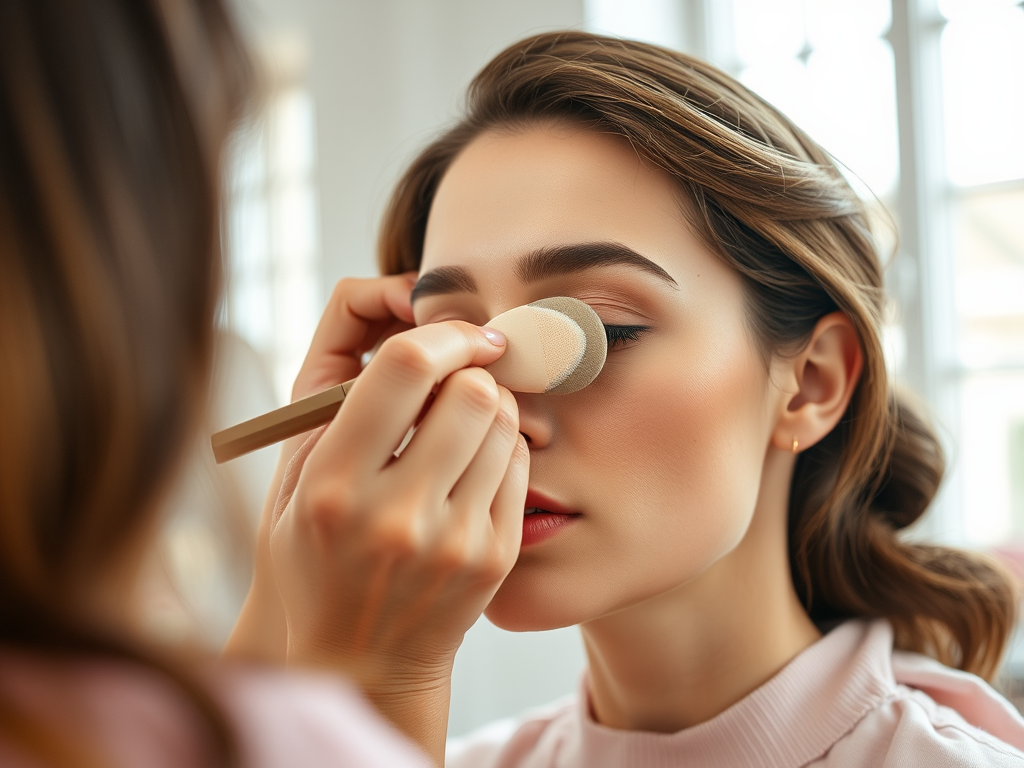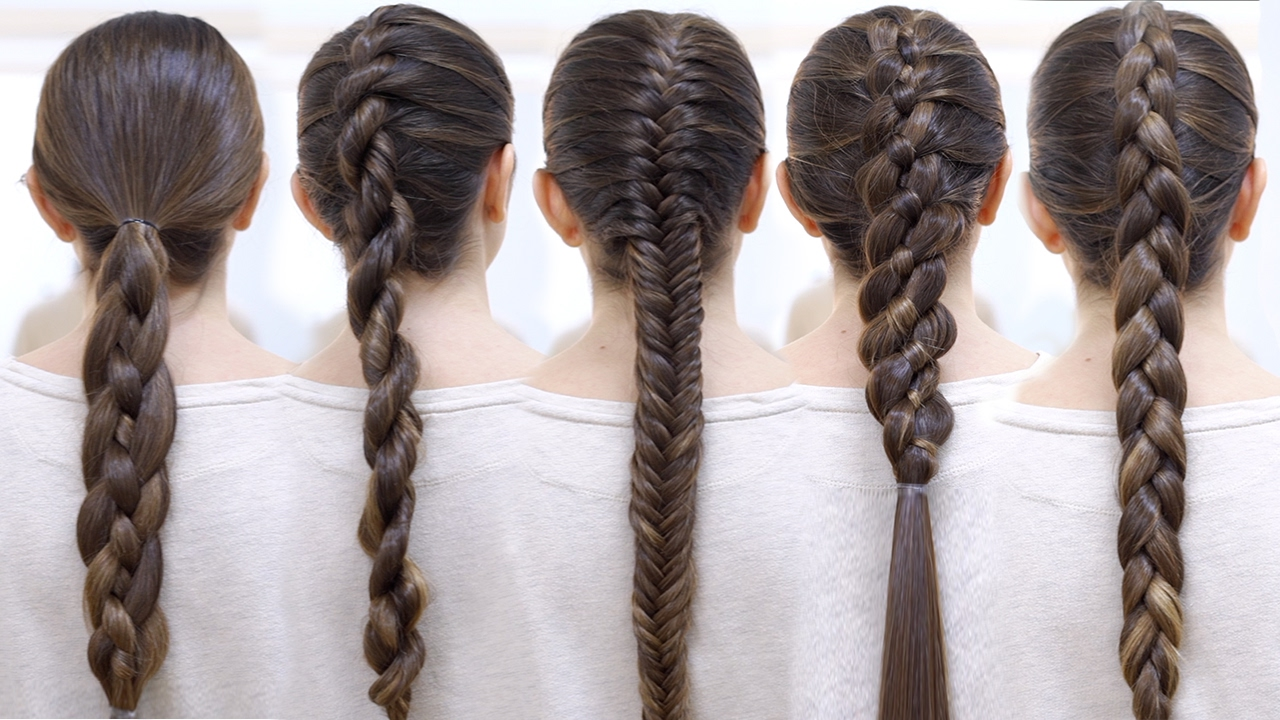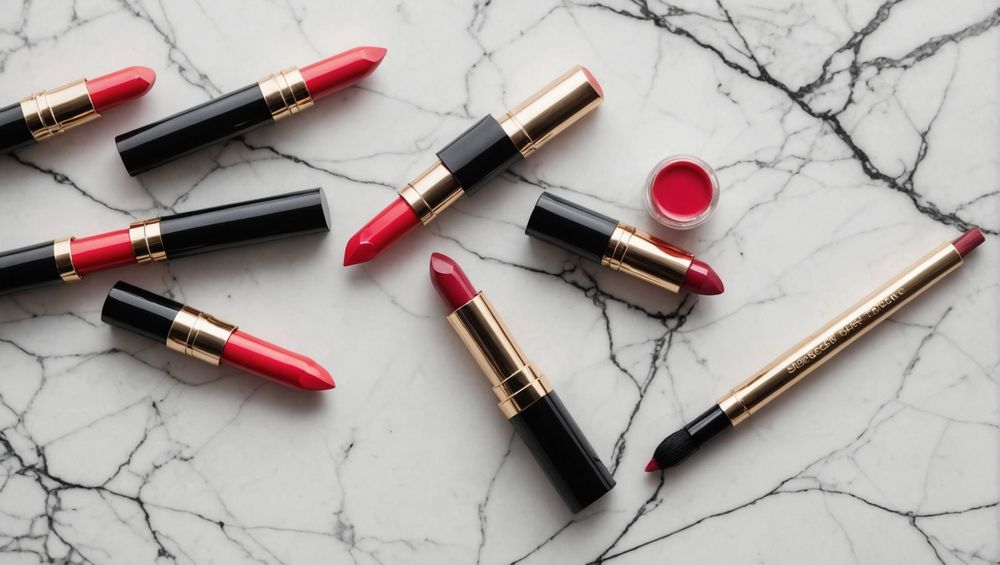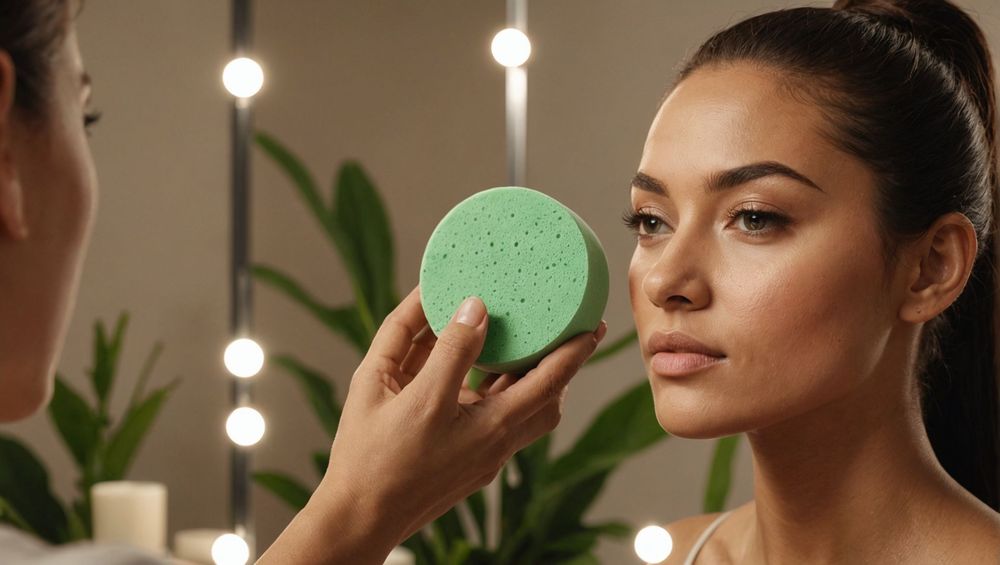When it comes to achieving a flawless complexion, the world of makeup is both an art and a science. At the center of this intricate dance are two indispensable products: concealer and foundation. Together, they create a harmonious blend that can hide imperfections, even skin tone, and enhance natural beauty. However, the relationship between these two products often confounds many users. Understanding how they work together can lead to a more polished and radiant look. In this article, we will delve into the essence of both concealer and foundation, highlighting their characteristics and how to use them effectively.
What is Foundation?
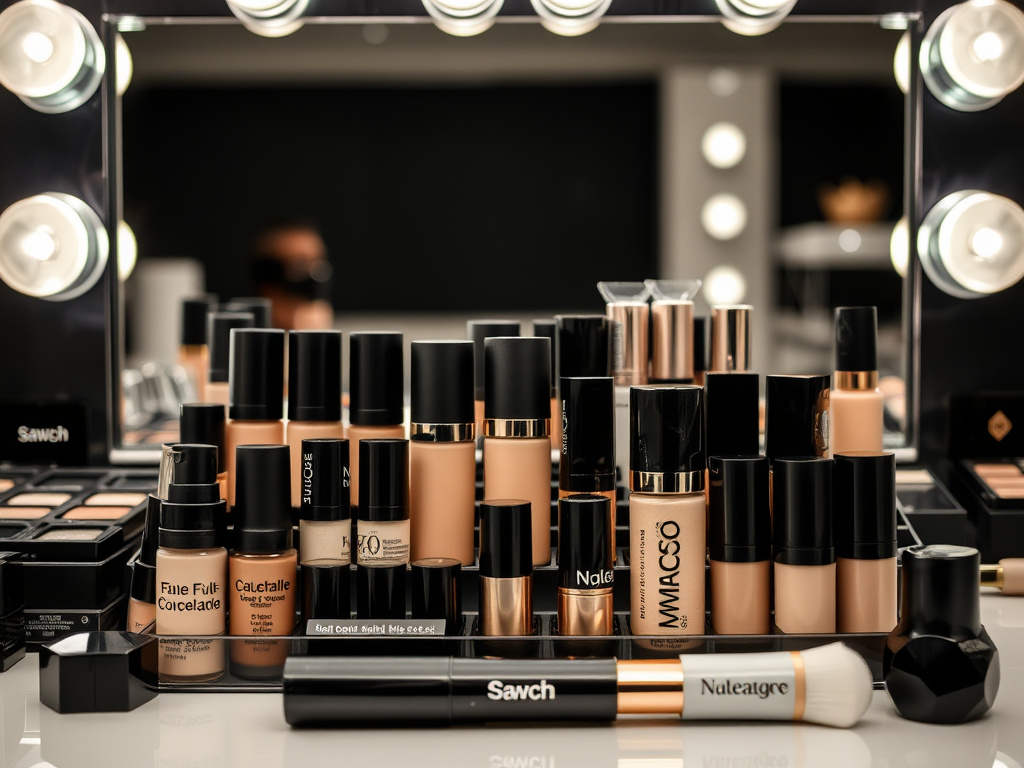
Foundation serves as the base layer in any makeup routine, designed to provide uniformity and coverage. Its main purpose is to even out skin tone and texture, creating a smooth canvas for other makeup products. Available in a variety of forms including liquid, cream, powder, and stick, foundation caters to different preferences and skin types. Liquid foundations are favored for their buildable coverage, while powder foundations work well for those seeking a lightweight feel. Cream foundations often offer a more moisturizing option for dry skin types, whereas sticks are perfect for on-the-go touch-ups.
Different foundations also come with unique finishes, such as matte, dewy, or satin, providing options to suit various looks and occasions. Understanding your skin’s needs is crucial when selecting a foundation. For instance, if you have oily skin, a matte foundation will help control shine throughout the day. Conversely, those with dry skin might opt for hydrating formulas that exude a youthful glow. Ultimately, the right foundation can set the tone for your entire makeup look, making it essential for any beauty enthusiast.
What is Concealer?
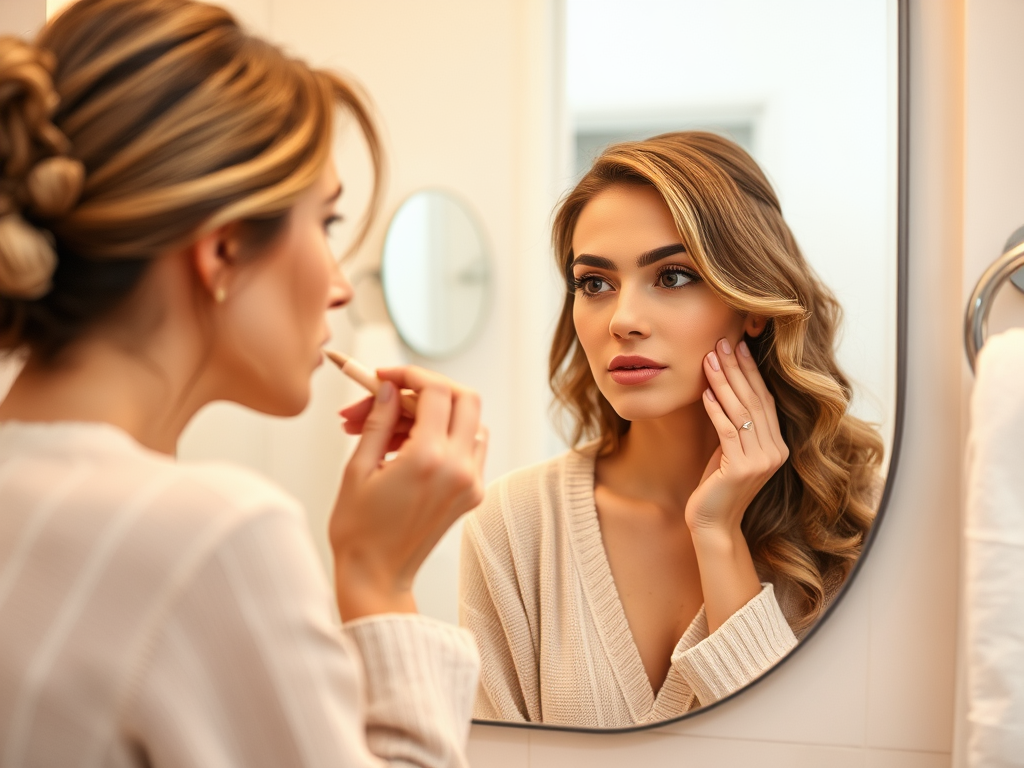
Concealer, on the other hand, is a targeted product meant for addressing specific skin concerns that foundation alone may not adequately conceal. Designed for maximum coverage, concealers can cover blemishes, dark circles, redness, and other skin imperfections. Like foundations, they come in various formulations such as liquid, cream, stick, and pot, offering a range of textures and finishes. The versatility of concealer allows it to serve as a spot treatment or a brightener for dull areas of the face.
While both concealer and foundation play a crucial role in makeup application, there are distinct differences in their purposes and application methods. Understanding these differences can significantly enhance your makeup routine:
- Coverage: Foundation typically provides light to medium coverage, whereas concealer is designed for full coverage.
- Texture: Foundations can vary from liquid to powder, while concealers are often thicker in consistency for greater coverage.
- Application Areas: Foundation is applied all over the face, while concealer targets specific spots needing extra attention.
By grasping these distinctions, you can make more informed choices about how to use each product effectively. The right balance between foundation and concealer can elevate your makeup game, showcasing your best features while minimizing flaws.
How Concealer and Foundation Work Together
When used in tandem, concealer and foundation can amplify each other’s effects, resulting in a beautifully unified look. The key is to layer these products correctly, ensuring that each application complements the other. Generally, you’d want to start by applying foundation to create an even base before going in with concealer. This approach allows you to spot-treat areas that need additional coverage without making your makeup feel heavy.
Here are some useful tips for maximizing the relationship between concealer and foundation:
- Use a Primer: Start with a good primer to help both products adhere better to the skin.
- Choose the Right Tools: Use a damp beauty sponge or a foundation brush for an even application.
- Spot Conceal: Apply concealer only where needed and blend well for a seamless finish.
Experimenting with these techniques will help you find a routine that works best for your unique preferences and skin type.
| Foundation Type | Best For | Finish Type |
|---|---|---|
| Liquid | All skin types | Matte or Dewy |
| Cream | Dry or mature skin | Dewy |
| Powder | Oily skin | Matte |
| Stick | On-the-go touch-ups | Satin |
Choosing the Right Products for Your Skin Type
Selecting the right concealers and foundations tailored to your skin type is key to achieving that coveted flawless finish. Here’s a straightforward guide to help you navigate this process:
- Oily Skin: Opt for oil-free, matte foundations and long-lasting, oil-free concealers to control shine.
- Dry Skin: Choose hydrating foundations along with creamy concealers that provide moisture.
- Combination Skin: Look for products that balance both moisture and oil control.
- Sensitive Skin: Consider hypoallergenic and fragrance-free options to avoid irritation.
Conclusion
In conclusion, understanding the relationship between concealer and foundation can significantly change how you approach your makeup routine. These two products, when used correctly and in harmony, can create a beautiful foundation for your face. From different formulations to application techniques, there is much to explore in the dynamic world of makeup. By harnessing the synergy between concealer and foundation, you can personalize your makeup look and unlock your true potential. So, experiment and have fun with these products, and discover what works best for you!
Frequently Asked Questions
- Can I use concealer without foundation?
Yes, you can use concealer alone for a more natural look, especially in targeted areas. - Should I apply foundation or concealer first?
Generally, foundation is applied first to create an even base, followed by concealer for any additional coverage needs. - What type of concealer should I use for dark circles?
A lighter, creamy concealer works well to brighten the under-eye area and conceal dark circles. - Is it necessary to set concealer with powder?
While it’s not mandatory, setting concealer with translucent powder can help prevent creasing and increase longevity. - How do I choose the right shade of concealer?
Choose a concealer that is one or two shades lighter than your foundation for brightening effects or that matches your skin tone for covering blemishes.
